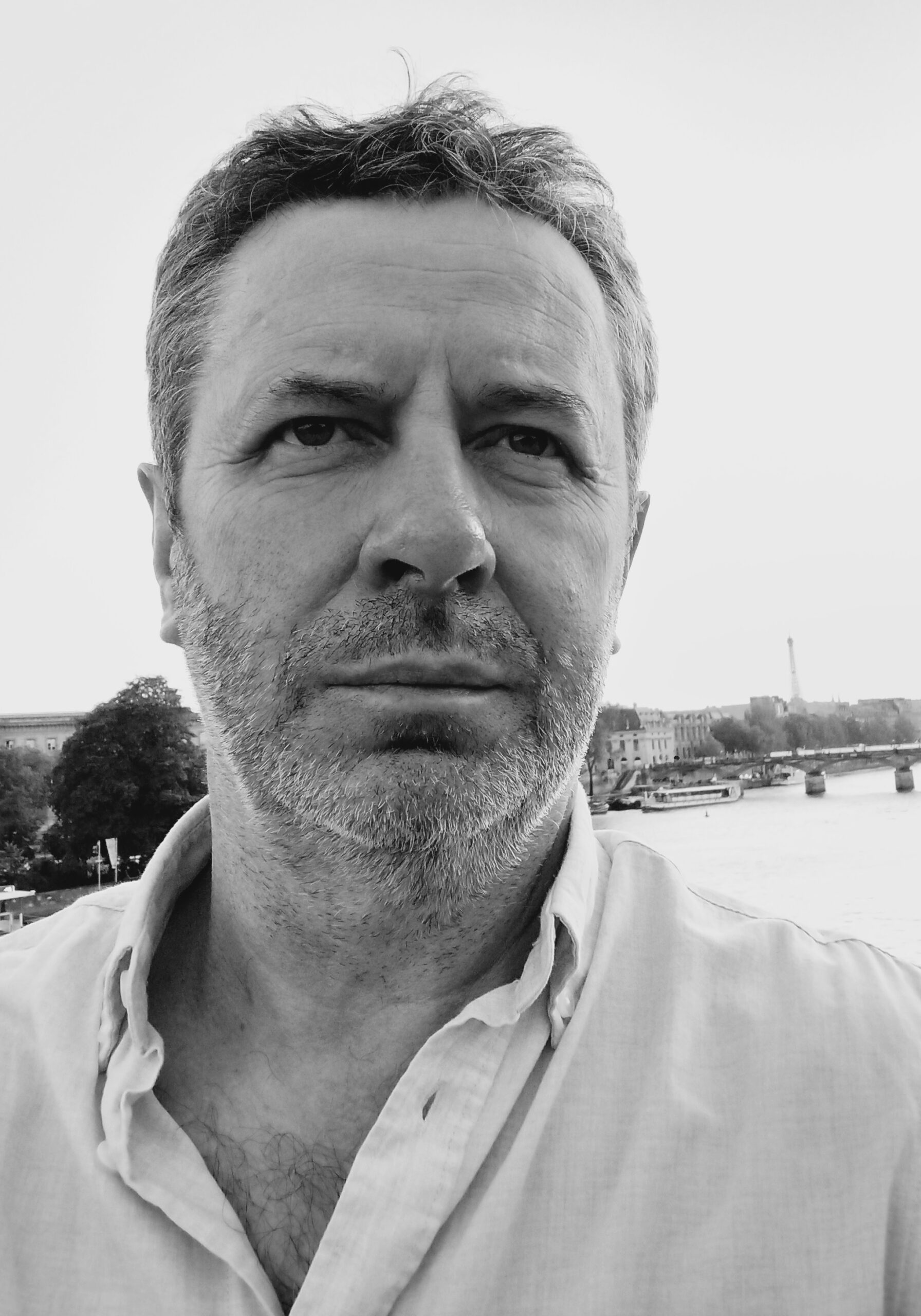Who is Stelarc and What Is He Telling Us?
piątek, 12 stycznia, 2018Text was published in: Meat, Metal and Code. Contestable Chimeras. Ed. Ryszard W. Kluszczyński. Centrum Sztuki Współczesnej Łaźnia. Gdańsk 2014.
Human 3.0
The idea of singularity developed by Ray Kurzweil and the vision of the human body 3.0 may seem close to Stelarc’s views, but Stelarc himself resolutely rebuffs the notion that around 2050 the world will see a non-biological artificial intelligence emerge in modified bodies. Instead of contemplating artificial intelligence (AI), he prefers to ponder artificial life (ALife), which will come into being as differences between the human and the machine, human intelligence and artificial intelligence are obliterated.[1] One of fundamental concerns specifically manifest in “language [that] perpetuates the Cartesian Theatre”[2] is a growing doubt about what a human is now and what is the essence of humanity.
Questions about the “self,” about human subjectivity, are becoming increasingly problematic for Stelarc, who in the course of his artistic career has felt ever more emphatically that the subjective “I” fades away (There is no “I”). “I” is after all merely a language construct, and what really matters is a body which contacts other bodies. Our identities and our humanity are both produced by the social system, technology and culture. The mind is a highly debatable entity and certainly does not count as the primary determinant of the human. In effect, as Stelarc puts it, “perhaps what it means to be human is not to remain human at all.”[3] (więcej…)
